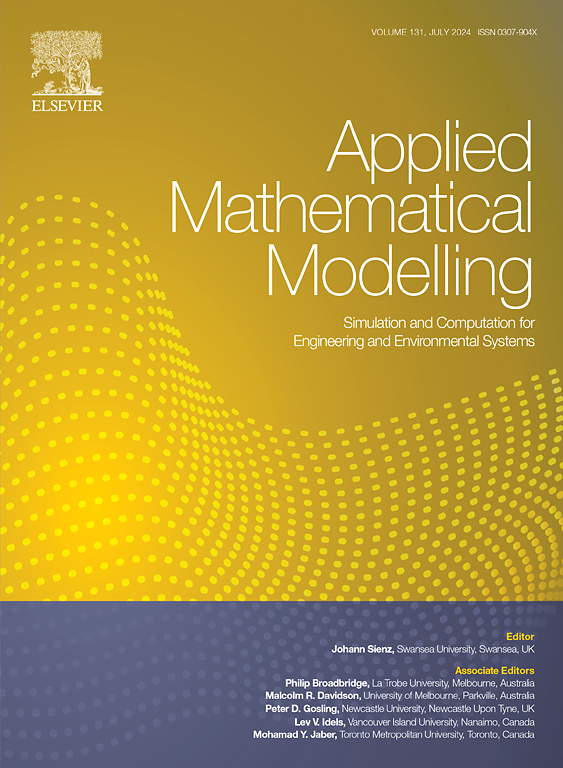具有约束状态的可穿戴外骨骼的规定性能滑模控制
IF 4.4
2区 工程技术
Q1 ENGINEERING, MULTIDISCIPLINARY
引用次数: 0
摘要
针对二自由度上肢外骨骼的康复任务,提出了一种实用的固定时间和规定性能方案。考虑暂态和稳态要求,设计时变函数为跟踪误差提供规定的上界,采用barrier Lyapunov函数方法保证约束要求的不侵犯性。此外,为了处理不可避免的来自力学和患者的干扰,建立了一种后退终端滑模控制器,使跟踪误差具有与初始状态无关的可设计时间的固定时间收敛。此外,采用定时形式的非光滑滤波器逼近虚拟控制律的推导,避免了差分爆炸问题。然后,基于李亚普诺夫理论,严格证明了人-机器人系统的实际定时收敛性。最后,在Matlab/Simulink中进行了仿真,结果表明了所提方案的有效性。本文章由计算机程序翻译,如有差异,请以英文原文为准。
Prescribed performance sliding mode control for wearable exoskeletons with constrained states
A practical fixed-time scheme with prescribed performance is proposed for the rehabilitation tasks of a two degrees-of-freedom upper-limb exoskeleton. Considering the transient and steady requirements, a time-varying function is designed to provide a prescribed upper-bound for the tracking errors and barrier Lyapunov function method is adopted to guarantee the inviolacies of the constraint requirements. Furthermore, to handle the inevitable disturbances from the mechanics and patients, a back-stepping terminal sliding mode controller is established to achieve a fixed-time convergence of the tracking errors with a designable time independent of initial states. In addition, non-smooth filter with a fixed-time form is employed to approximate the derivation of the fictitious control law such that the differential explosion problem can be avoided. Afterwards, the practical fixed-time convergence of the human-robot system is rigorously proved based on Lyapunov theory. Finally, simulation is established in Matlab/Simulink and the results are given to show the effectiveness of the proposed scheme.
求助全文
通过发布文献求助,成功后即可免费获取论文全文。
去求助
来源期刊

Applied Mathematical Modelling
数学-工程:综合
CiteScore
9.80
自引率
8.00%
发文量
508
审稿时长
43 days
期刊介绍:
Applied Mathematical Modelling focuses on research related to the mathematical modelling of engineering and environmental processes, manufacturing, and industrial systems. A significant emerging area of research activity involves multiphysics processes, and contributions in this area are particularly encouraged.
This influential publication covers a wide spectrum of subjects including heat transfer, fluid mechanics, CFD, and transport phenomena; solid mechanics and mechanics of metals; electromagnets and MHD; reliability modelling and system optimization; finite volume, finite element, and boundary element procedures; modelling of inventory, industrial, manufacturing and logistics systems for viable decision making; civil engineering systems and structures; mineral and energy resources; relevant software engineering issues associated with CAD and CAE; and materials and metallurgical engineering.
Applied Mathematical Modelling is primarily interested in papers developing increased insights into real-world problems through novel mathematical modelling, novel applications or a combination of these. Papers employing existing numerical techniques must demonstrate sufficient novelty in the solution of practical problems. Papers on fuzzy logic in decision-making or purely financial mathematics are normally not considered. Research on fractional differential equations, bifurcation, and numerical methods needs to include practical examples. Population dynamics must solve realistic scenarios. Papers in the area of logistics and business modelling should demonstrate meaningful managerial insight. Submissions with no real-world application will not be considered.
 求助内容:
求助内容: 应助结果提醒方式:
应助结果提醒方式:


